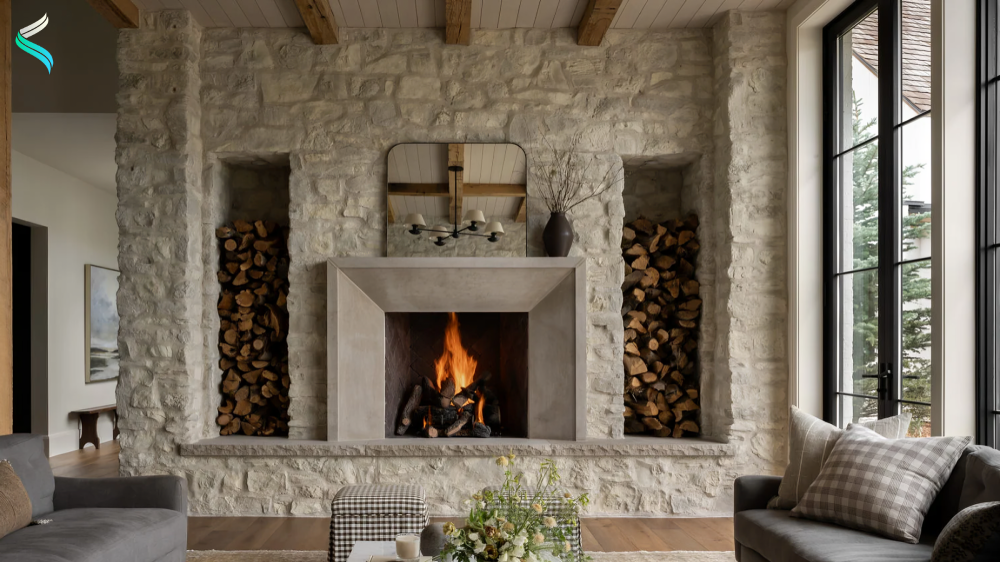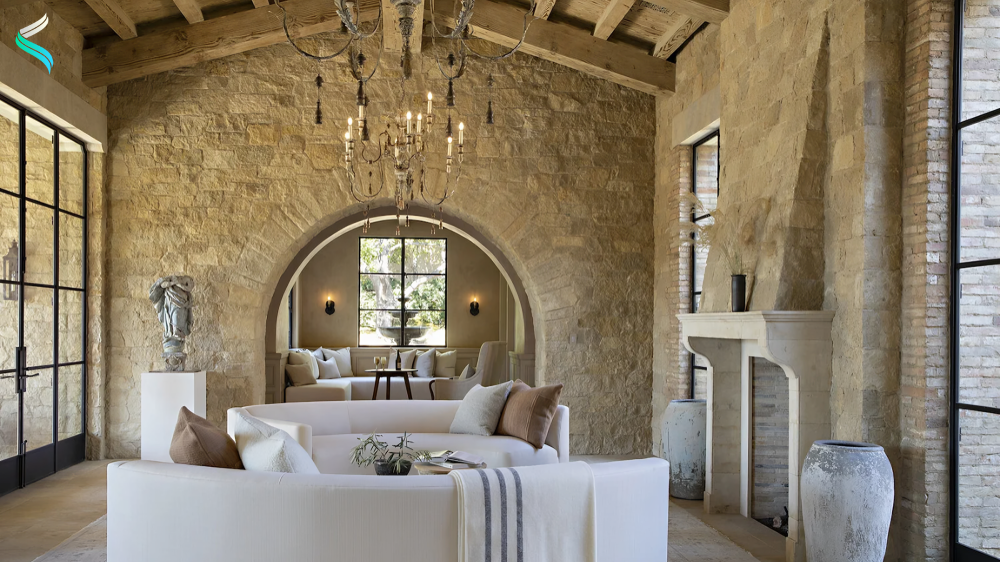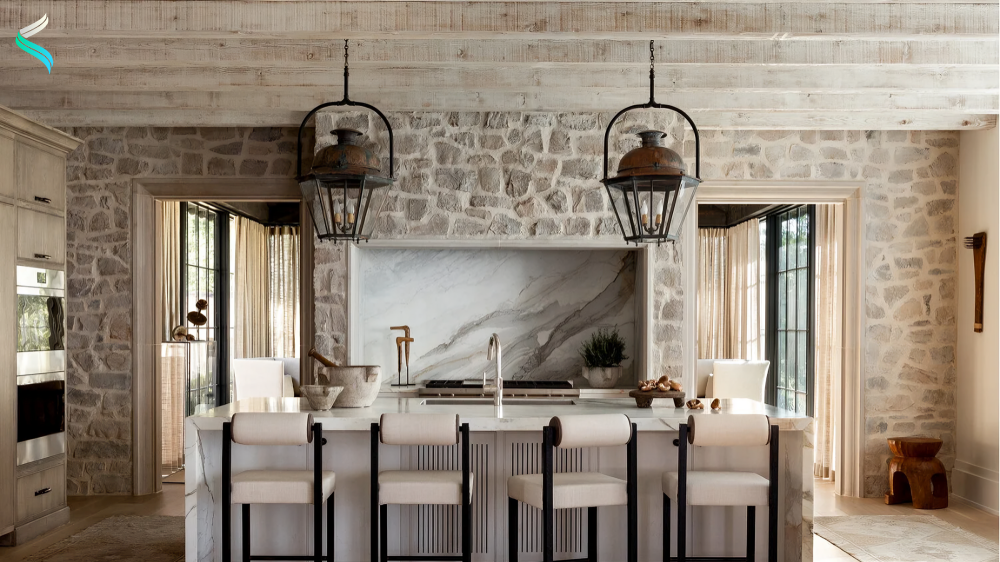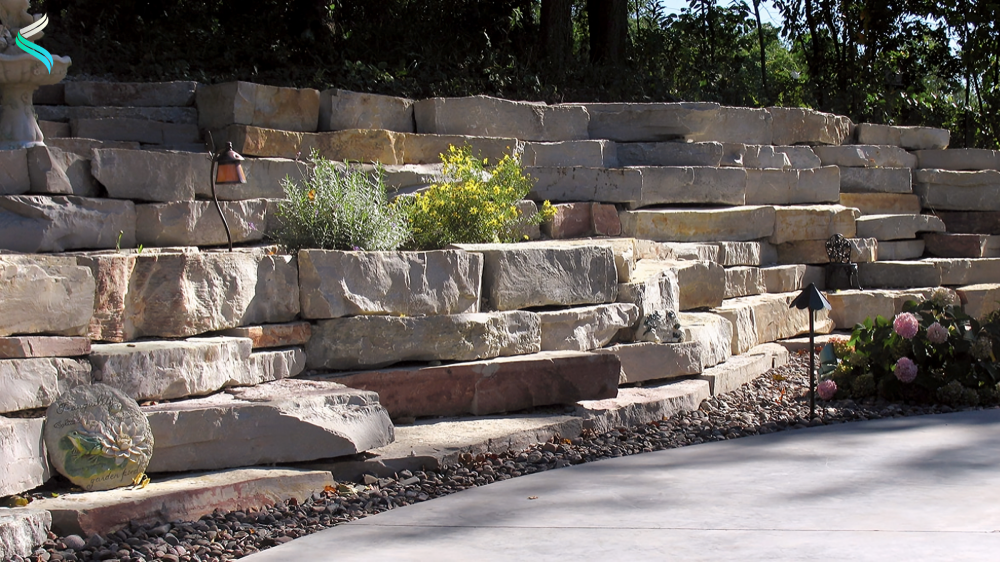When it comes to landscape design, few elements are as enduring and versatile as stone walls. These structures have stood the test of time, serving functional purposes while enhancing the aesthetic appeal of outdoor spaces. Whether you are looking to create a rustic garden, a formal setting, or a boundary for your property, stone walls offer countless possibilities. In this comprehensive guide, we will explore the various aspects of stone walls, including their history, design options, installation processes, and maintenance requirements.
The Historical Significance of Stone Walls
Ancient Origins
Stone walls date back to ancient civilizations, serving both practical and symbolic purposes. From the defensive walls of ancient Rome to the intricate stonework found in medieval castles, stone walls have been integral to human history. Their durability and strength made them ideal for fortifications, while their aesthetic qualities enhanced the beauty of palaces and temples.
Cultural Importance
Throughout history, stone walls have been used in various cultures to signify boundaries and protect communities. For instance, the Great Wall of China exemplifies the use of stone for both protection and representation of strength. In Europe, ancient stone walls were often constructed to demarcate land ownership and agricultural boundaries.
Revival in Modern Landscaping
Today, stone walls have experienced a resurgence in popularity as people seek to incorporate traditional and timeless elements into their outdoor spaces. Modern landscape architects and designers have embraced the aesthetic appeal and functionality of stone walls, making them a staple in contemporary landscaping.
Design Options for Stone Walls
Types of Stone
When designing stone walls, the first consideration is the type of stone you wish to use. Each type of stone has unique characteristics that can influence the overall look and functionality of the wall.
- Granite: Known for its durability and resistance to weathering, granite is an excellent choice for walls exposed to the elements. Its range of colors, from light gray to deep blue, provides versatility in design.
- Limestone: With its soft, warm hues, limestone offers a more natural look. It is easier to work with and can be shaped into various forms, making it suitable for both rustic and formal designs.
- Fieldstone: This type of stone features irregular shapes and sizes, giving it a rustic charm. Fieldstone is perfect for dry stack walls, where stones are arranged without mortar.
- Slate: Known for its striking colors and textures, slate can add a unique flair to stone walls. It is durable and works well in both modern and traditional settings.
Styles of Stone Walls
The style of your stone walls will greatly impact your landscape design. Here are some popular styles to recall:
- Dry Stack Walls: Constructed without mortar, dry stack walls rely on the weight and interlocking nature of the stones to hold them in place. This style is ideal for a natural, rustic look and allows for flexibility in design.
- Mortared Stone Walls: These walls are constructed with mortar to bind the stones together. Mortared walls can be more elaborate in design and provide a polished appearance.
- Retaining Walls: Used to hold back soil and create level areas in sloped landscapes, retaining walls can be both functional and decorative. They can incorporate seating areas or planters for added beauty.
- Garden Walls: Smaller stone walls can define garden spaces, serve as borders, or create raised beds. Garden walls add dimension and interest to the landscape.

Incorporating Stone Walls into Landscape Design
Stone walls can serve multiple purposes in your landscape design. Here are some ideas for incorporating them effectively:
- Boundaries and Fencing: Use stone walls to define property lines or create privacy barriers. Their strength and solidity provide security while enhancing the overall look of your landscape.
- Terracing: On sloped properties, stone walls can be used to create terraces, allowing for flat areas to be cultivated. This technique also helps with drainage and erosion control.
- Water Features: Integrate stone walls into water features like ponds or streams. The natural appearance of the stone complements the water and creates a serene atmosphere.
- Pathways and Patios: Use smaller stones or cobblestones to create pathways that lead to stone walls. This approach enhances the overall design while providing functional access.
The Installation Process for Stone Walls
Installing stone walls requires careful planning and execution. Whether you choose to hire a professional or take on the project yourself, understanding the installation process is essential.
Planning and Design
Before you begin, it’s crucial to have a clear design plan. Consider the following:
- Purpose: Define the wall’s purpose, such as privacy, aesthetic appeal, or erosion control.
- Location: Choose an appropriate location, taking into account sunlight, drainage, and proximity to other structures.
- Height and Thickness: Determine how tall and thick the wall should be based on its purpose and the materials used.
Gathering Materials and Tools
Gather all necessary materials and tools before starting your venture:
Tools Needed
- Shovel: For digging the foundation and trench.
- Level: To make sure your wall is straight and even.
- Trowel: For applying mortar, if applicable.
- Rubber Mallet: To tap stones into place without breaking them.
- Wheelbarrow: For transporting stones and gravel.
Materials Needed
- Selected Stones: Choose the type of stone based on your design and aesthetic preferences.
- Mortar: If constructing a mortared wall, gather the necessary mortar mix.
- Gravel: For drainage and base support.
- Landscape Fabric: Optional for improving drainage and preventing weed growth.
Site Preparation
Prepare the site for construction:
- Clear the Area: Remove any grass, debris, or obstacles from the area where the wall will be built.
- Excavate the Trench: Dig a trench for the base of the wall, typically about one-third the height of the wall.
- Gravel Base: Pour a layer of gravel into the trench to promote drainage and provide stability.
Building the Wall
For Dry Stack Walls
- Start with larger stones: place the largest stones at the bottom for stability.
- Interlock the stones: Arrange the stones so they interlock, minimizing gaps and providing a secure structure.
- Use a level: Ensure that each layer is standard even as you build up.
For Mortared Walls
- Apply Mortar: Lay a layer of mortar in the trench before placing the first stone.
- Position of Each stone: Place each stone, applying mortar on the sides to hold it in place.
- Check for level: Continuously check that the wall is standard as you build.
Finishing Touches
Once your stone wall is complete, consider the following finishing touches:
- Capstones: Adding capstones can enhance the appearance of the wall and create a finished look.
- Backfill: Fill any gaps behind the wall with gravel or soil to provide support and improve drainage.
- Clean Up: Remove any excess mortar or debris from the construction site.

Maintenance of Stone Walls
Proper maintenance of stone walls will ensure their longevity and beauty over the years. Here are some guidelines for keeping your partitions:
Regular Inspection
Regularly inspect your stone walls for any signs of wear or damage. Look for:
- Cracks: Check for any visible cracks in the stones or mortar, addressing them promptly to prevent further damage.
- Weeds: Monitor for any vegetation growing in the cracks or along the base of the wall, which can weaken the structure.
Cleaning
Keep your stone walls clean to maintain their appearance:
- Power Washing: A gentle power wash can remove dirt and grime without damaging the stone.
- Moss and Algae: For moss or algae, use a mixture of water and vinegar to clean the surface. Avoid harsh chemical substances that can damage the stone.
Repairing Damage
If you notice cracks or loose stones, address them promptly to prevent further deterioration:
- Repointing: For mortared walls, repointing may be necessary to fill in cracks or missing mortar.
- Rebuilding Sections: For dry stack walls, you can remove and replace any damaged stones, ensuring the integrity of the wall.
Seasonal Maintenance
Depending on your place, seasonal renovation may be vital:
- Winter: In colder climates, ensure that snow and ice do not accumulate on the wall, as this can lead to cracking.
- Spring: Check for any plants or roots that may have intruded into the wall’s foundation.

The Environmental Benefits of Stone Walls
Stone walls not only add beauty to landscapes but also provide significant environmental benefits:
- Erosion Control: By retaining soil, stone walls help prevent erosion on sloped properties, preserving the integrity of your landscape.
- Wildlife Habitat: These walls can create habitats for various small animals and insects, promoting biodiversity in your garden.
- Stormwater Management: Stone walls can slow down stormwater runoff, allowing water to percolate into the ground rather than causing flooding.
- Thermal Mass: Stone has a high thermal mass, which helps regulate temperature fluctuations in your garden, benefiting plants and soil health.
More: Reddit
Conclusion
Stone walls are a timeless and versatile element that can transform any landscape design. With their rich history, aesthetic appeal, and functional benefits, they are an excellent choice for homeowners and landscapers alike. By carefully selecting materials, employing thoughtful design strategies, and maintaining your walls, you can create a beautiful outdoor space that stands the test of time. Whether you’re looking to define your property boundaries, create a rustic garden, or add architectural interest, stone walls are the perfect addition to your landscape.











